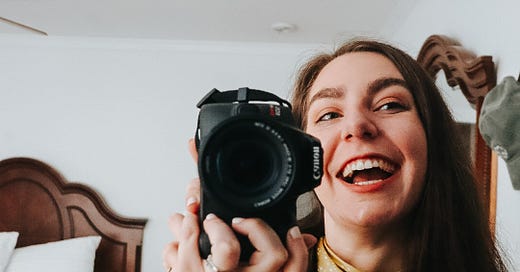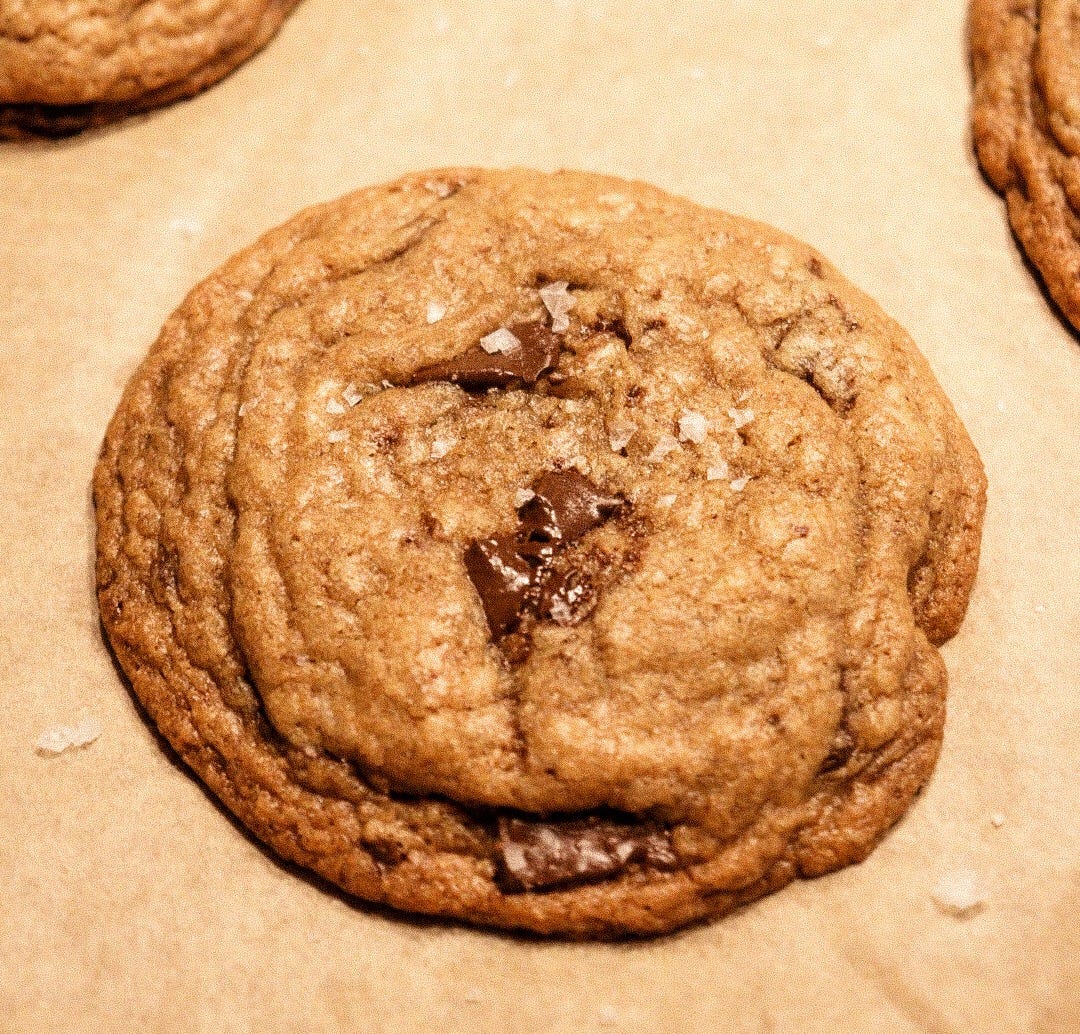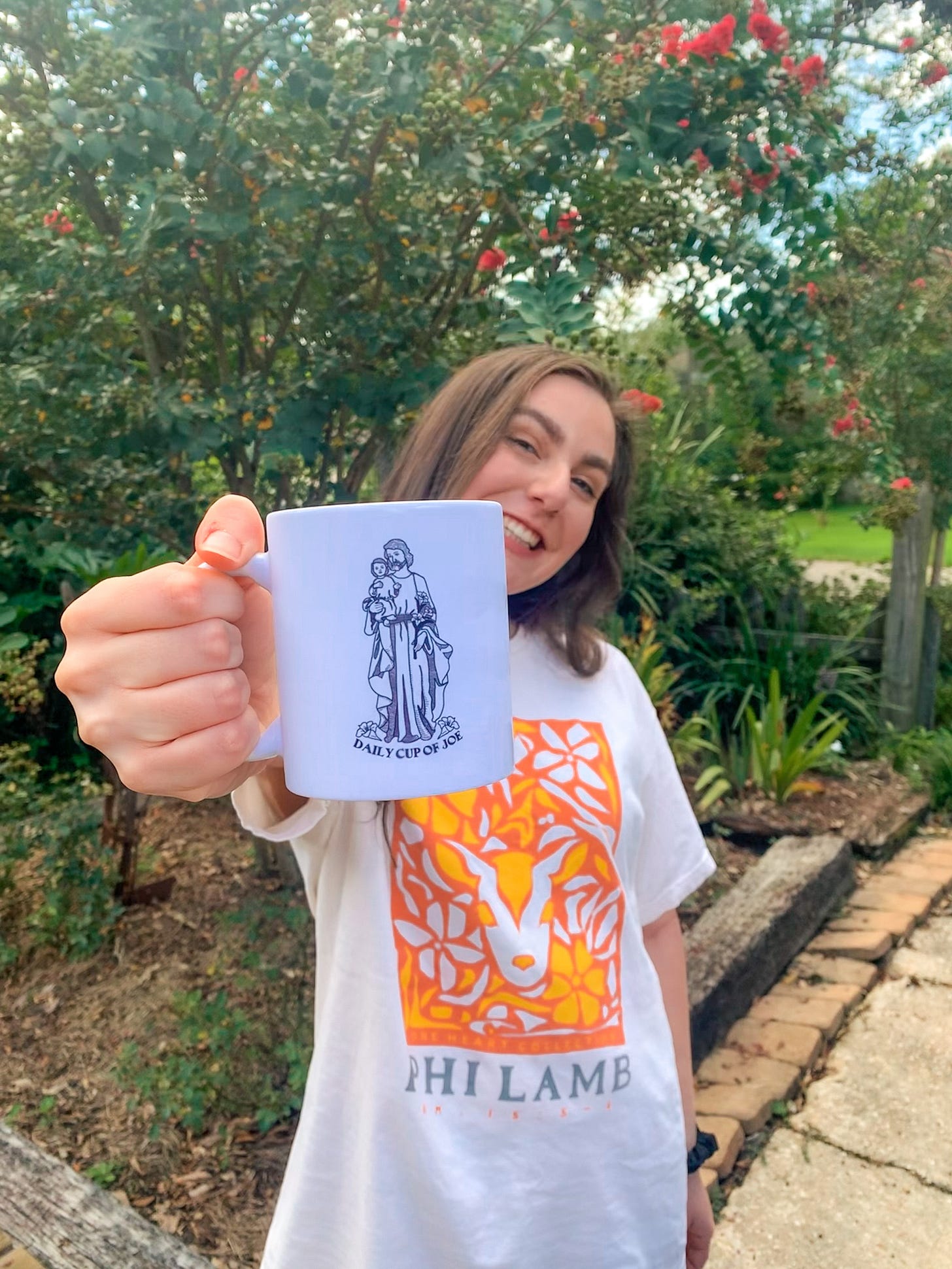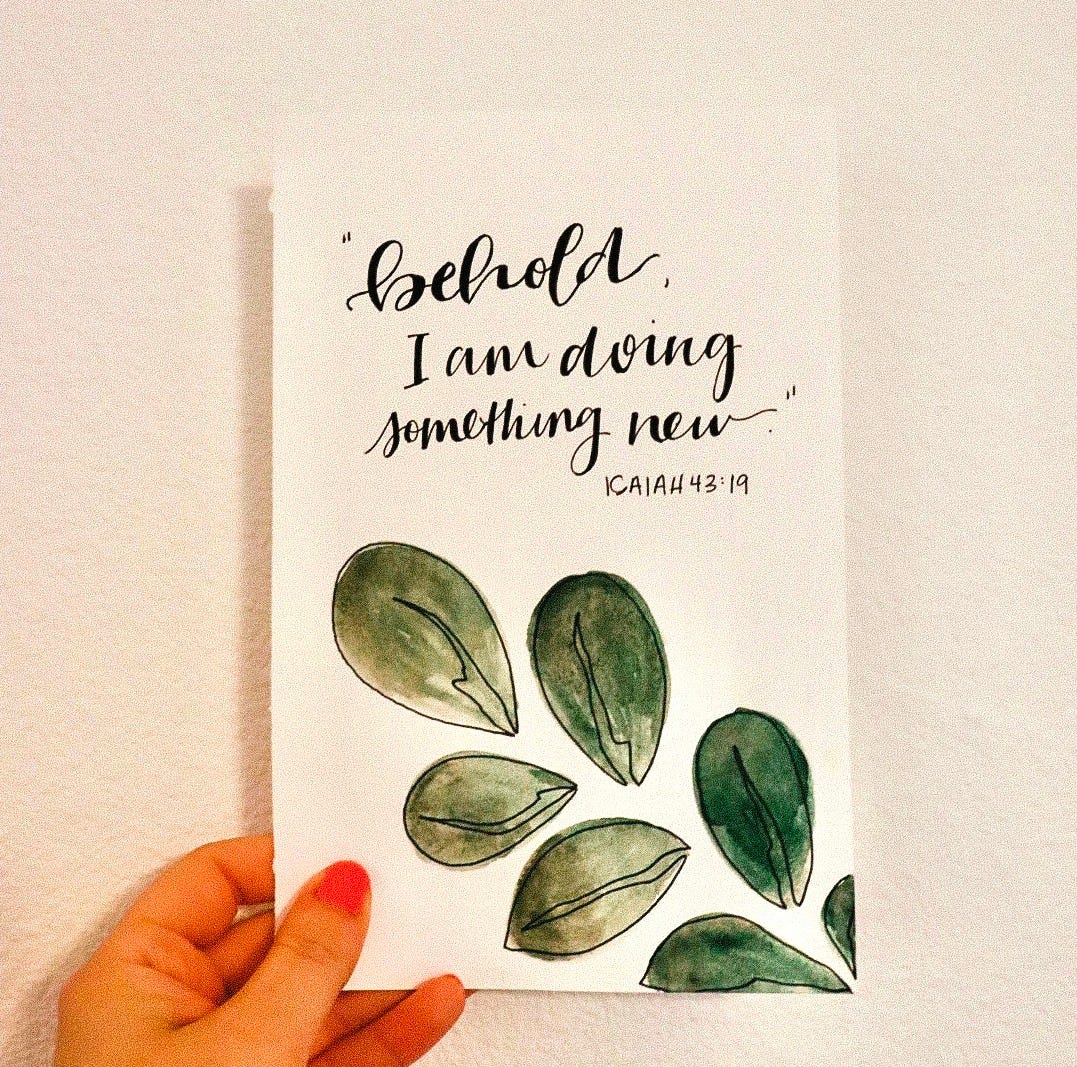A few days ago, I was gifted an unassuming little book from a creative mentor of mine.
The book? Steal Like An Artist by Austin Kleon.
The premise? “Steal Like an Artist presents ten transformative principles that will help readers discover their artistic side and build a more creative life. Nothing is original, so embrace influence, school yourself through the work of others, remix and reimagine to discover your own path…”
Even though I had never heard of the book, I was drawn to pick it up on Saturday when I was leaving my house to babysit my niece and nephew. As I sat on my sister’s couch and read during the kids’ nap time, the book stirred questions in my heart and challenged how I saw art and creativity.
There was one chapter in particular that captured my attention – “Chapter 5: Side Projects and Hobbies Are Important.”
If you asked me as a child what a hobby was, I would have said something like, “It’s something fun you do when you don’t have homework.” In my mid-twenties, I would argue my definition hasn’t changed much – just swap “homework” for “work.” Turns out, these definitions aren’t that far off from the dictionary definition. My friend Merriam-Webster defines a hobby as, “a pursuit outside one's regular occupation engaged in especially for relaxation.”
For as long as I can remember, I have loved having a hobby. Dancing, cheering, painting, volleyball, baking, scrapbooking, drawing, graphic design, photography, writing… As you can read, I’ve dabbled in it all. I’ve worn some like a badge of honor (I am still very proud of my rock collection) while I have tried my best to forget others (my needlepoint phase lasted less than a day).
I’ve been thinking about hobbies a lot lately, especially since I began my Substack, and Chapter 5 put these thoughts into hyperdrive. When did I stop having so many hands-on hobbies? I am an avid baker and would consider this to be my most active hobby, other than weekend antiquing and writing (see Not Everyone’s Cup of Tea). But when I was a child, I did everything all at once. The limit didn’t exist, as Cady Heron would say. Yes, I know my time isn’t as free as it was when I was a child, but it’s the principle of the thing.
All of this rumination on hobbies made me realize that, at least from my perspective, hobbies seem to be a dying art.
Let’s face it – we, as a society, lack hands-on hobbies. The majority of people in working-class America spend their days in offices and behind computers waiting for the workday to end. Once they get off, their literal laundry list of to-dos piles up: make dinner, help with homework, help the kids take baths, do the laundry. Maybe there is time to exercise. Maybe they get to bed at a decent time. Maybe they get eight hours of sleep (or any sleep for that matter).
And then they have to do the whole day over again.
There is a great sense of exhaustion in the culture at large, and its robbing so many creative minds of their passions. Furthermore, it seems like actually taking the time to invest in one’s hobbies makes people feel as if they are wasting their time or being selfish - and neither sound appealing.
But if I’ve learned anything from influencers on social media, long talks with friends and family members and personal reflections, it’s that nine out of ten times, the way to revitalize a hobby (new or old), is by using it to make money.
Enter the side hustle.
From the jump I want to interject that I am not anti-side hustle. Many people make the choice to transition their personal hobbies into side hustles, and there are a lot of reasons: financial strain, passion for a project, etc. For many, this choice has been a lucrative one, allowing people to have the freedom to turn their hustles into full-time jobs. But, with the rate of people skipping out on hobbies and going straight to side hustles, I think it’s important to challenge people’s whys – and challenge my why as well.
A side hustle is the solution to so many creators’ blights. It’s the answer to questions such as, “What if my photography can be a way to make some extra cash?” and “What if I bake a few extra loaves of sourdough bread and sell it at the Farmer’s Market?”
Let’s go back to that definition of “hobby” I referenced at the beginning of this post: “A pursuit outside one's regular occupation engaged in especially for relaxation.”
Now let’s define “side hustle.” Merriam-Webster says it’s “work performed for income supplementary to one's primary job.”
Especially for relaxation…
Work performed for income…
I’m no Ph.D. in linguistics, but I know “relaxation” and its synonyms are vastly different from “work” and its counterparts. Sure, you can have a hobby that you enjoy and make some extra cash from it, but what of the deadlines and administration? Both are certainties when it comes to making money and starting a business, which is essentially what any side hustle is.
I don’t think I fully grasped this idea when I was 22 and started my own side hustle.
2020 was an interesting time for me, as I know it was for any other person living through what many consider the worst year in recent memory. There is a lot to say about this period of my life and the things I learned, but for the sake of the story, I am going to focus on the most positive aspect of the year – the way my creativity thrived.
I had just graduated college and was rediscovering “free time.” I read books that collected dust on my shelf for years, watched movies I had always wanted to see (and many that I had seen millions of times before), and listened to music from musicians I finally had a chance to discover. Most importantly, I decided I wanted to learn more about Adobe Illustrator – a program that I liked in college but never really had a chance to sink my teeth into.
I would spend hours watching videos and grazing the Font Library (one day, I’ll write a whole post on my love of fonts). I would think up creative little sayings, sketch them out in my drawing pad and attempt to create something on Illustrator. I could see my vision coming to life before my eyes, and it was incredibly empowering to know I taught myself something and was getting better with each design.
At the time, I had no actual plan of printing these designs - let alone selling them. They were designs that brought me joy and passed the time in the longest spring and summer of my life.
And then, there was the Daily Cup of Joe.
The idea is self-explanatory: A coffee mug with St. Joseph on it – a daily cup of (Saint) Joseph.
I remember telling a few coworkers and friends about the idea in passing. I designed a graphic with ease, and when I was done, I couldn’t settle for the mockup of the mug on my computer. I wanted needed this mug to be in my hands. So, I did what any rational person would do… Googled the smallest order one would need to submit to see my dream become a reality.
The answer? 74 mugs. Yikes. That number was more than I anticipated, and way more than the number of family, friends and coworkers I initially told. Yet, somehow, I knew it had to be done.
I felt like Kevin Costner in Field of Dreams wondering if he was going crazy. I didn’t exactly have a “If you build it, they will come” moment per se, but I did worry that I was biting off a bit more than I could chew.
With a lot of prayer and encouragement from those closest to me, I came to the determination that yes, if I get these mugs made, they will find their people. And I was right.
My first quarter of selling the mugs and stickers (those little designs in my drawing pad from months prior), was rewarding to say the least. People not only liked my products but bought them for others as gifts. I shipped mugs and went to a market and everything was going the way it was supposed to as far as side hustles are concerned. But outward success does not mean inner peace.
Six months into selling my products, I knew in my heart that I’m not an entrepreneur and I didn’t necessarily want to be. Coming home and feeling like I had another job was exhausting. I felt restless and overwhelmed all of the time. Not only did I manage my own finances but my small business’ (managing money and filing paperwork with the state and local government still makes my stomach drop).
It became incredibly clear to me that my creative hobby, which was once life-giving, was now draining me. Because of these realizations, I made two promises to myself:
As long as I am not at risk of putting myself in financial ruin, this “side hustle” will never become my priority, and
I will not be regularly monetizing any other hobby of mine – fair compensation from friends and family is one thing, but consistently charging people outside of my circle is something else entirely.
You see, I learned the hard way that hobbies are sacred. I don’t regret my side hustle and am still very proud of what I have and continue to accomplish, but I have had to spend three years relearning how to have fun creating without wondering if I should monetize what I’m doing – and I am still a work in progress.
Hobbies are a way to rest and relax. They are a way to escape from the day-to-day monotony. It’s a way to find peace in the chaos.
If you find that you do want to make your hobby something more, I offer you this advice: Just do it for fun for a while. You don’t have to pull the small business trigger so fast. Weigh what matters more to you – the fact that your hobby brings you rest, or the potential that your hobby can make you money. No matter what, you will be sacrificing the aspects of one for the other.
It might sound counterintuitive in the hyper-commercial world we live in, but not every idea or creation deserves external consumption and compensation.
Maybe it’s just for you to enjoy.
Along the same vein, not every hobby is meant for the world to see, but that doesn’t mean it not worth sharing.
Maybe it’s just for your friends, family or a community you hold dear – or those who will hold you accountable like your Substack readers ;)
So, I’ll close this longwinded post by saying that I hope some portion of it challenged you like Austin Kleon challenged me. I’m very much a work in progress when it comes to this subject, but this post alone has shown me that it’s possible to change your perspective and that progress is being made.
At the end of my posts, I want to have a little fun and introduce some segments. Two coming to mind right now are “Long Story Short” and “Side Stories.” Long Story Short will be a summary of the post in one sentence, and Side Stories will be a little behind-the-scenes of writing the post.
Long Story Short
Inspired by Steal Like An Artist, Nicole makes her case for why hobbies should remain sacred and side hustles should be carefully considered.
Side Stories
I originally was going to title this post “She had a Cricket and a Dream… Hobbies vs. Side Hustles.” Though I still love the idea, this title would have taken me down even more roads than this post did, and that’s saying something. If you’re interested in this post, let me know. I can revisit it sometime!







